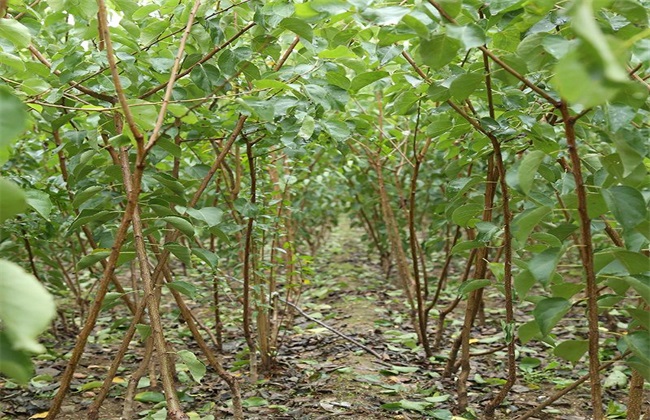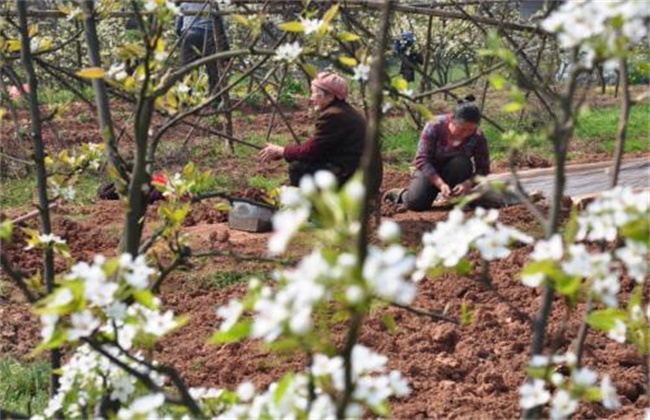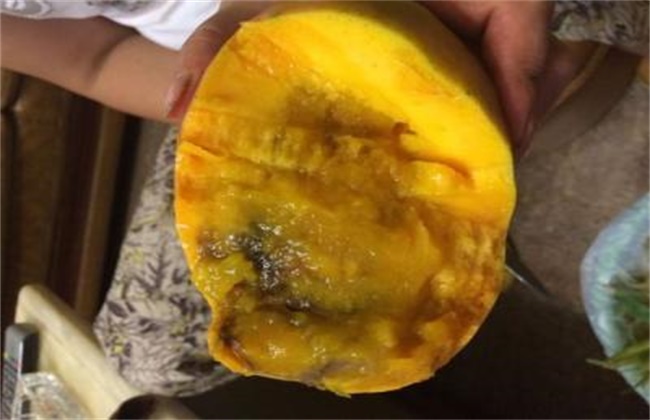Cultivation techniques of apricot
Apricot fruit trees are small trees with juicy fruit and edible kernels. They can be cultivated in a wide range and can also be cultivated at an altitude of 3000 meters. Rich in nutrition, apricot is a good wood, so it is a good cash crop. Planting apricots, there are some things to pay attention to, there is a specific process. In addition, what is the management content of cultivating apricot? let's introduce it in detail now.

1. Planting
In dry, flat, convenient drainage and irrigation places, choose deep drainage and breathable sandy loam, not hardened, sticky. Dig a fixed planting hole, which is about twice the size of a soil ball, with a plant spacing of 2 meters and a row spacing of 3 to 4 meters. About 20 jin of farm manure is applied to one planting hole. After mixing the soil, cover 10 cm of soil, put the seedlings in and cover the soil. when you are close to the flat ground, lift the seedlings, cover the soil, water and sink, and then cultivate the soil to the root neck. Plant seedlings to 2/3 of the leaves, covered with a sunshade net.
2. Fertilization and irrigation
Urea is used at the beginning of germination, new shoots are fertilized with quick-acting fertilizer, and leaves are mainly sprayed with potassium dihydrogen phosphate and urea. More potassium sulfate fertilizer should be applied to flowering and fruiting, and bacteria should be sprayed in the full fruit period. After fruit picking, a large amount of farm manure should be applied, which is equivalent to winter cold fertilizer, and it is also to supplement the nutrition of the tree. However, the newly planted trees did not bear fruit that year, so they mainly applied farm manure and nitrogen fertilizer to promote growth. Watering after planting, once in the next three to four days to help restore growth, a month later, watering once a month, depending on the soil condition.
3. Plant pruning
Planting can return to normal, after taking off the sunshade net, it can be fixed dry, 1 meter off the ground, leaving branches at separate angles, leaving about 8 to 10 branches, growing to half a meter for a long time, you can pick 5 key shoots, and the rest can promote new shoots, always pick the heart to promote shoots, cultivate several grades of branches, maintain a good angle, and remove dense branches. The main purpose of the fruiting tree is to prune the withered branches, disease and insect branches, dense branches and fine branches, improve the crown structure, then cultivate the fruiting branches, and then the roots renew the shoots. The aging trees should be truncated, root-cut, renewed and rejuvenated, weak and strong, and fruit-bearing branches should be re-cultivated.
4. Other management
High humidity is not conducive to flowering, pollination and fertilization, and the fruit rate decreases, so it can be pollinated artificially in sunny days. The summer with high temperature is prone to multiple diseases and insect pests after rain, so it is necessary to timely cut off the branches of diseases and insect pests and then spray to kill insects to prevent loss. Receiving enough light is helpful for fruit expansion and quality enhancement. To ensure the supplement of nutrition with different needs in different periods.
Apricot cultivation is mainly divided into young trees, fruit trees, aging trees to manage, there are some different management priorities, to re-management, but this is also the growth process of apricot trees, starting from the young tree management, the main points of management will gradually change. Cultivation is not only planting, how to grow well after planting is the focus of cultivation techniques.
Related
- Moge, come on! The staff of the peasant association in the producing area of cantaloupe were frightened when the crowd gathered.
- Causes and Solutions of low Fruit setting rate of Apple
- Symptoms and control measures of passion fruit virus disease
- Fruit growing lesson: how do apple orchards keep high yields?
- Can you build orchards in the mountains? What are the pros and cons?
- How to manage the coloring period of Crisson grape?
- This paper introduces the processing technology of two kinds of fig products.
- How much is a month for retired teachers in rural areas by 2020?
- How can strawberry planting increase sugar content? We should pay attention to management in many aspects.
- What are the cultivation techniques on how to improve the yield of golden fruit?



